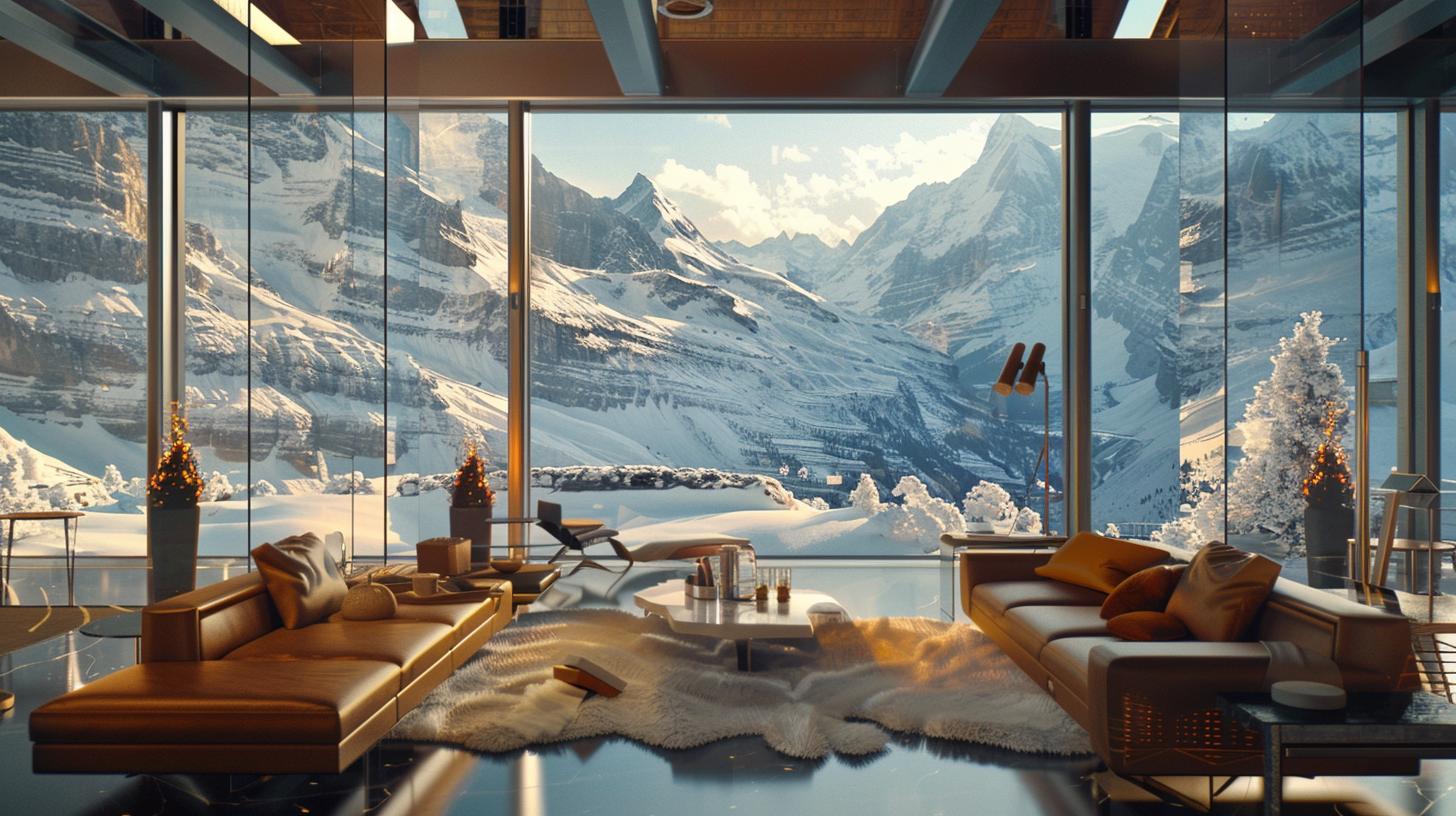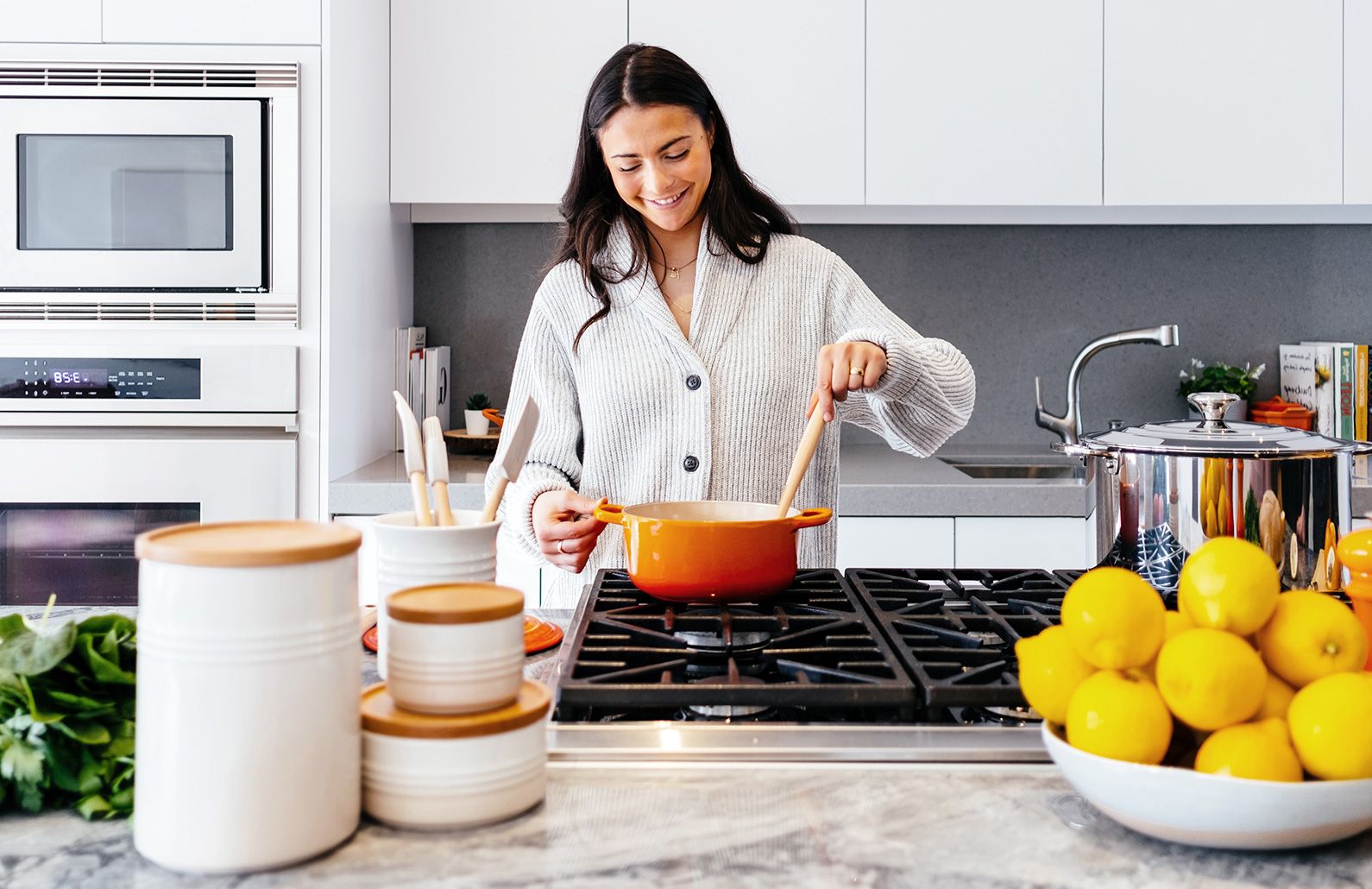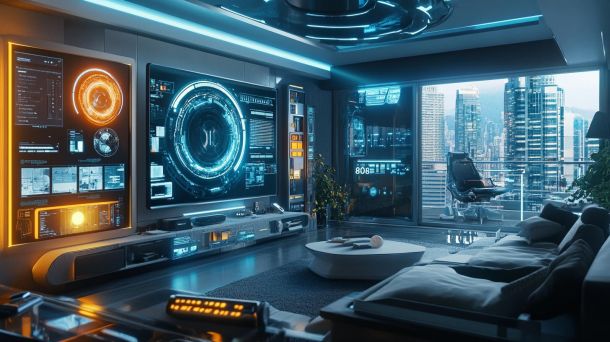Color Psychology: Transform Your Home’s Emotional Landscape in 2025
Color isn’t just visual—it’s an emotional language that silently communicates with our subconscious! Imagine walking into a room and immediately feeling calm, energized, or inspired simply through strategic color choices. Color mood manipulation is a powerful design strategy that transforms living spaces from mere physical environments into dynamic emotional landscapes.
Understanding Color Mood Manipulation Fundamentals
Scientific research reveals that colors directly impact our neurological and psychological states. Certain hues can trigger specific emotional responses, making them potent tools for creating intentional home environments. For instance, blues typically evoke calmness and tranquility, while vibrant yellows stimulate creativity and optimism.
Psychological Color Zones
- Cool Colors (Blues/Greens): Relaxation and concentration
- Warm Colors (Reds/Oranges): Energy and social interaction
- Neutral Colors: Balance and sophistication
Working professionals and busy families can leverage these insights to design spaces that support their unique emotional and functional needs.

Strategic Color Placement Techniques
Effective color mood manipulation isn’t about painting entire rooms uniformly, but creating intentional color zones that serve specific psychological purposes. Consider implementing color gradients or accent walls that subtly guide emotional experiences.
Practical Applications of Color Psychology
Different areas of your home can benefit from targeted color strategies:
| Space | Recommended Colors | Emotional Impact |
|---|---|---|
| Home Office | Sage Green, Soft Blue | Focus and Calm |
| Living Room | Warm Terracotta, Muted Gold | Welcoming Energy |
| Bedroom | Lavender, Soft Gray | Relaxation |
Pro Tips for Color Implementation
- Use color swatches before committing to full paint
- Consider natural lighting’s impact on color perception
- Layer colors through textiles and accessories
By understanding and applying color mood manipulation, you’re not just decorating—you’re intentionally designing emotional experiences that support your lifestyle and well-being.




